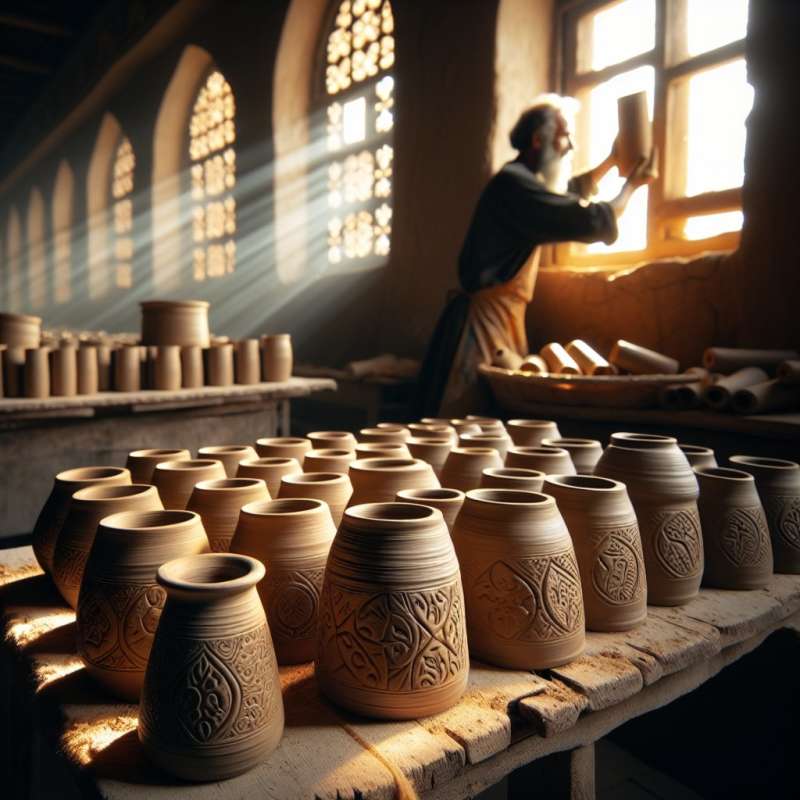
Introduction to Pulling Walls
Pulling pottery walls transforms a lump of clay into a cylinder. It's a foundational technique in wheel throwing, requiring synchronous hand movements and delicate pressure application to elevate the clay.
Preparation is Key
Before pulling, clay must be centered. A well-centered clay leads to uniform walls. Begin with a coned-up and then coned-down piece to ensure an even consistency and remove air bubbles.
Initial Cylinder Creation
Open the clay and compress the base. Create a basic cylinder by lifting the walls slightly. This pre-shape determines the final form's stability and should have a consistent thickness.
The Pulling Technique
Use a sponge and fingers to gently pull the clay upwards. Starting from the base, apply upward and inward pressure, keeping the wheel's speed steady. This elongates the cylinder without thinning the walls too much.
Mastering Wall Thickness
Consistency is vital. Measure wall thickness regularly with calipers. Avoid excessive pulling; it can lead to uneven walls. Instead, aim for gradual, controlled lifts to maintain uniformity.
Collaring the Cylinder
Collaring shapes the cylinder's mouth. Gently squeeze the top to control the diameter. This technique is crucial for creating bottleneck forms and requires a delicate touch to avoid collapsing the structure.
Surprising Fact
Historically, pottery forms weren't just practical; they held cultural significance. The cylinder shape has been emblematic in various cultures, often symbolizing life and continuity due to its endless lines.
What transforms clay into a cylinder?
Pulling pottery walls
Spinning the wheel faster
Applying external heat
Company